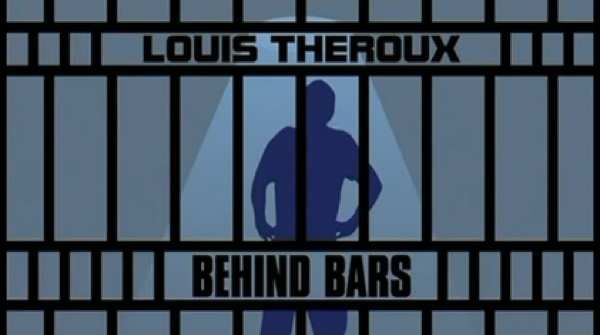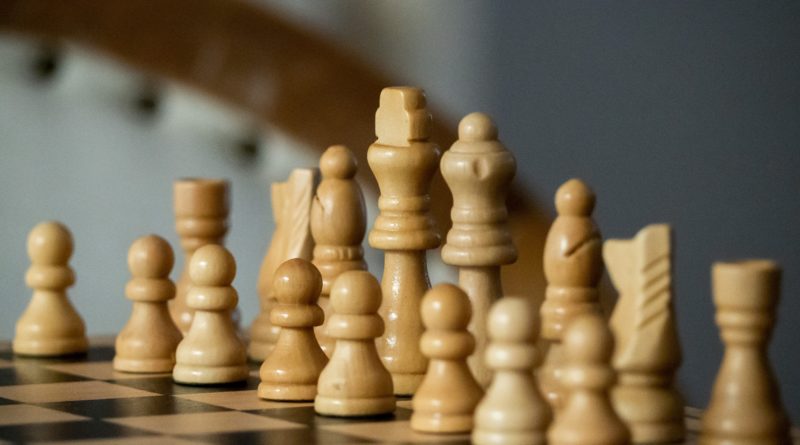Money isn’t everything: What are the payoffs?
The best way to understand game and decision theory is to watch a game in action. In this blended learning experiment.
Professor Jean-Pierre Benoît guides his students through video clip of a TV game show as a demonstration of the model. Students are challenged to analyse the classic “split or steal” game from different angles and to question how and why people make the decisions they do.
| Faculty Profile | |
| Jean-Pierre Benoît Professor of Economics |
The Aim

Professor Benoît frames his example around the British TV game show “Golden Balls.” Using this clip as a featured, we collaborated to find the most effective way to incorporate it into an online blended-learning module. Using the clip as a basis, Benoît explained the basics of game theory while demonstrating the process of modeling the strategic interaction between the players.
We designed an interactive component that mixes exciting real-world examples with instruction and visuals to explain complex concepts. Along with covering theories such as the Prisoner’s Dilemma and Nash equilibrium, we needed to build in time and space for students to grapple with essential questions like: How can we predict the outcome of a game? What factors impact the decisions of an individual?
The Approach

Prof. Benoît guides the students through each variation online, encouraging students to pause and model their own, Benoît then provides solutions and feedback to support learning. Students are required to actively analyse game strategies, solve complex problems, and engage cognitively with the content. This active learning experience is extended into the classroom, where students are encouraged to collaborate in sharing ideas and knowledge.
Video is a core tool in this learning experiment, with several approaches incorporated throughout. We combined video content of Benoît's instruction with other styles to differentiate and illustrate key content. Some segments use a split-screen format, with Prof. Benoît on one side, speaking directly to the camera, and screencast on the other side to illustrate a working model or to present a quiz or conceptual explanation.

Embedded within the content are clips from real-world examples to enable students to see how the theories work in context.
Research into the use of video in education has highlighted many benefits to the learning experience of an individual. When integrated successfully into the curriculum, video has provided improvements to student motivation, the learning experience, learner autonomy and enhanced collaboration (Wilmott et al, 2012).
The Outcome
This interactive video achieves all the objectives in one package. Students engage with the video and test their assumptions and knowledge while they watch it. Later during class time, they can discuss what they’ve learned while still having the visual references within close reach for reference.
Spanning multidisciplinary areas like economics and psychology, the lesson sparks critical thinking and challenges students to think about a range of real-world applications outside the classroom.
The Impact
- This pre-requisite knowledge gives students a sound understanding of basic concepts as well as practical skills to build on.
- Exercises improve decision-making skills. which will be used widely across their MBA degree program in the terms ahead.
- Students begin the core course with a greater appreciation for the subject, having already “connected the dots” through real-world case studies and online practice.
- Faculty have greater assurance that students are starting their core courses on an equal footing, with minimal need for review or catch-up.
Photo by Jonathan Ybema on Unsplash

